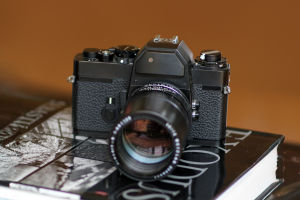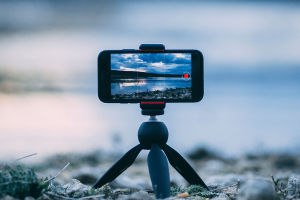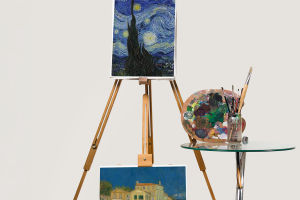Is Digital Art Taking Over?
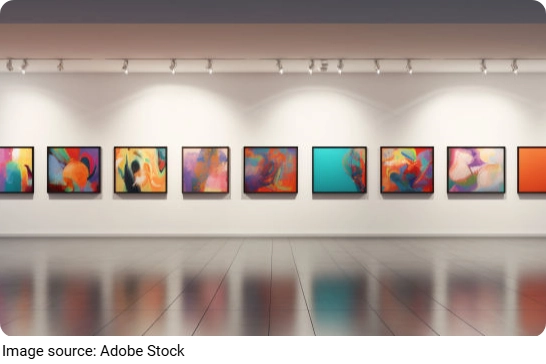
In an age where anyone can draw on a tablet and share their work instantly online, it's natural to wonder: is digital art replacing traditional painting?
Are we witnessing the slow fade of oil, watercolor, and canvas in favor of screens and styluses?
Let's explore the rise of digital art, how it compares to traditional painting, and whether this shift is about replacement—or evolution. Artists, collectors, and art lovers: what does this mean for the future of creativity?
The Rise of Digital Art
Digital art has exploded over the past two decades. With tools like Procreate, Adobe Photoshop, and Corel Painter, artists can now sketch, paint, blend, and animate—all without touching a physical brush. These tools offer speed, flexibility, and endless undo options, making the creative process more forgiving and dynamic.
Digital art has also become increasingly accepted in professional circles. Animation studios, concept designers, video game companies, and even fine art galleries now showcase digital works. In recent years, the popularity of NFTs and online art platforms has brought even more visibility to digital creators.
Advantages of Digital Art
Why are so many artists switching to digital? There are several reasons:
• Efficiency: Layers, shortcuts, and brush libraries streamline the process.
• Accessibility: Once you have a tablet or computer, materials don't run out.
• Portability: Artists can work from anywhere without lugging paint and canvases.
• Experimentation: Digital tools allow for risk-free creativity with no fear of ruining a canvas.
These benefits make digital art especially attractive to younger creators and commercial artists working under tight deadlines.
What Traditional Painting Still Offers
Despite the digital boom, traditional painting is far from obsolete. In fact, it continues to thrive in museums, art schools, and studios around the world. There are experiences traditional mediums offer that digital simply can't replicate:
• Tactile Interaction: The feeling of brush on canvas, or pencil on paper, engages the senses in a way screens can't.
• Physical Presence: A traditional painting is a one-of-a-kind object. Its texture, weight, and materiality make it unique.
• Cultural and Historical Continuity: Painting has thousands of years of history. Many artists feel connected to that legacy when working traditionally.
For many, painting is a deeply personal, meditative process that digital tools—however advanced—cannot replace.
Hybrid Artists: Blending Both Worlds
Interestingly, the line between digital and traditional art is becoming increasingly blurred. Many artists now use both mediums in their workflow. They may sketch digitally, then paint traditionally. Or they may scan hand-drawn textures into digital pieces. Some even print digital works on canvas and add paint by hand.
This hybrid approach reflects a key truth: one medium doesn't have to eliminate the other. Instead, they can coexist, inform, and enhance one another. The real power lies in the artist's vision, not the tools they choose.
What the Experts Say
Art educators and researchers are weighing in on this shift. A 2023 study by the International Journal of Art and Design Education found that students trained in both digital and traditional techniques produced more innovative work than those who focused on just one medium.
Meanwhile, gallery curator Elise Moran notes, "We're not seeing a 'death' of painting—what we're seeing is a broadening of what painting can mean. Digital works are being printed, painted over, and even installed in physical spaces. The two worlds are merging, not competing."
Market Trends: Changing, Not Ending
The art market is also evolving. Traditional paintings still dominate high-end auctions, while digital art thrives in online spaces and younger audiences. Rather than replacing canvas, digital art is expanding the market and making it more accessible.
Collectors can now support artists from around the world, download high-resolution files, or even receive limited-edition digital prints. This democratization of art buying could lead to a more diverse and vibrant creative landscape overall.
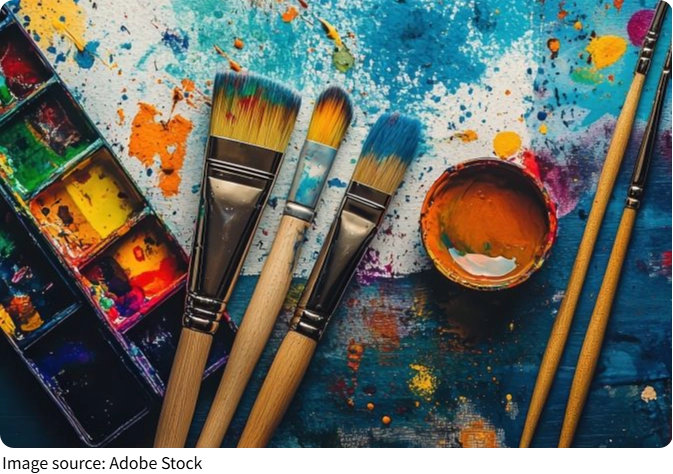
Conclusion: The Brush and the Byte
So, is digital art replacing traditional painting? Not quite. What we're witnessing is not a replacement but a reinvention. Each medium brings something valuable to the table. While digital tools have opened exciting new doors for creativity, traditional painting continues to offer timeless depth, presence, and emotion.
Ultimately, art isn't defined by the medium—but by the message, the skill, and the emotion behind it. Whether drawn with pixels or painted with oil, the future belongs to the artist.
Are you more drawn to digital tools or traditional techniques? Why not try both and see where they take you? Let's keep the conversation going.
